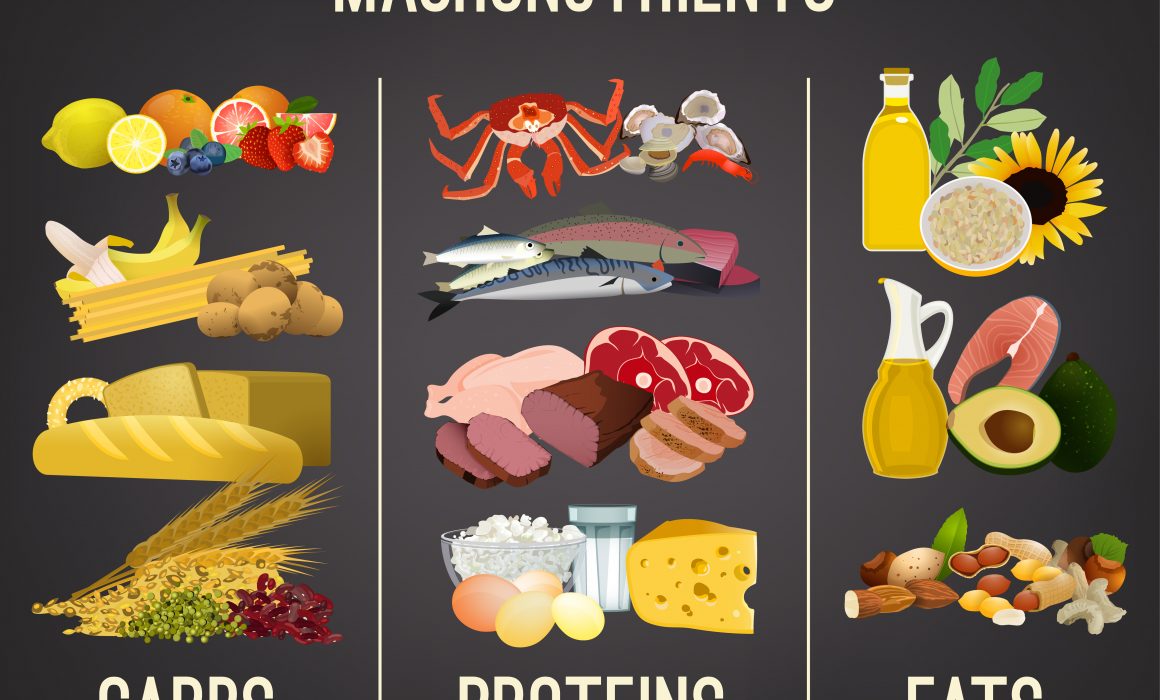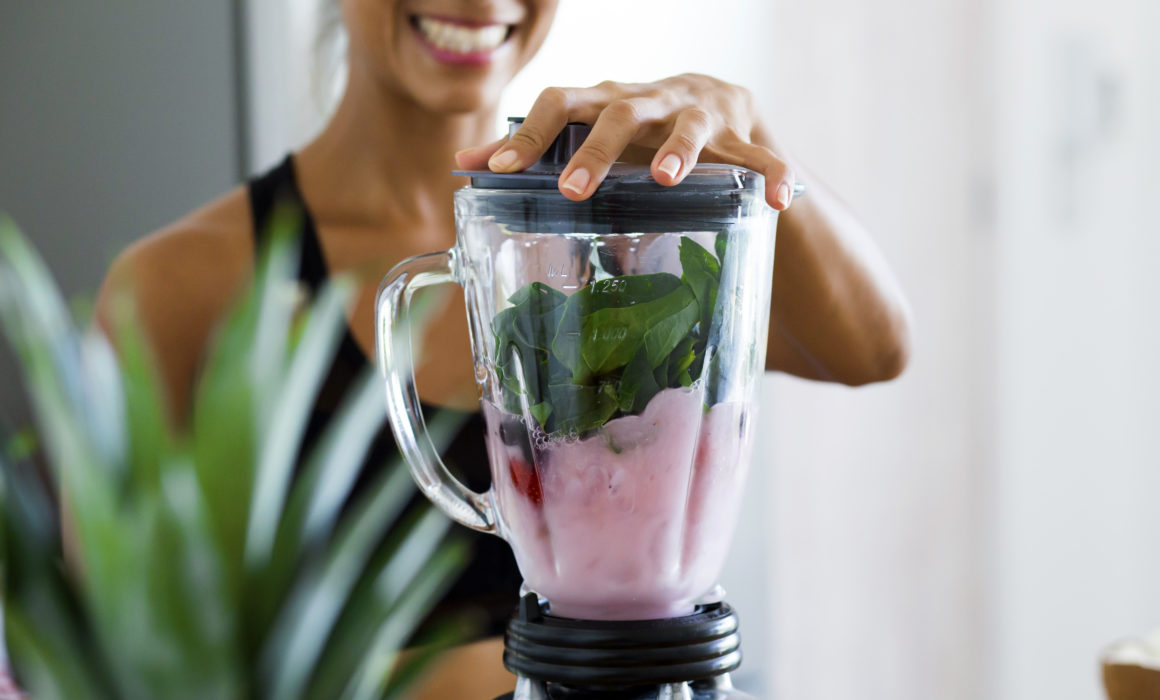Macros: The Building Blocks to Fueling Performance
Proteins, carbohydrates and fats are the three main suppliers of nutrients in our diet. These are known as macronutrients or “macros”. Macros play a vital role in our ability to perform at our peak level. Athletes can practice for hours but unless they fuel their bodies properly they will not reach their peak performance. Food is our fuel source for our body to be able to get stronger, faster, recover and perform. If you feel tired, sluggish, have a decrease in performance, always sore muscles, injuries that won’t heal, or a crash in the middle of game or practice; these are all signs that you are not fueling correctly. Below is a guide for building healthy macronutrients into your nutrition plan.
Protein
Protein is essential to building and repairing muscle to enhance strength and power. It is commonly found in animal products, although it is also present in other sources, such as nuts and legumes.
Here are the benefits of consuming protein.
- Build and repair muscle tissue
- Heal tissues/injuries
- Building blocks of bones, muscles, cartilage, skin and blood.
- Keeps us full and satisfied
Protein Sources
- Beef:Grass fed ground beef, bison, elk, venison, pork
- Fish: Salmon, shrimp, tuna, scallops, halibut (or any white fish)
- Poultry: Eggs, Chicken, Turkey (white or dark meat)
- Dairy: Milk, Greek yogurt, cottage cheese, string cheese, cheese
- Beans: Beans (any variety? Or only specific ones) contain more protein than any other vegetable protein. Plus, they’re loaded with fiber that helps you feel full for hours.
- Nuts/Seeds: One ounce of almonds gives you 6 grams of protein-almonds, cashews, pistachios, peanuts, pumpkin seeds, chia/flax etc.
- Protein bars and Powders: Rx bar, Dales raw protein bars, bullet proof bars, oatmega bars, primal kitchen collagen bars, Epic or tanka meat bars
Aim to have a protein source at each meal!! (about 20-30g per meal)
Carbohydrates
Carbohydrates are sugars, starches and fibers found in fruits, grains, vegetables and milk products. Carbohydrates are very important to supplying energy for high performance during sport activities. There is a lot of information on carb-free diets, these are detrimental to an athlete. Carbs are the bodies preferred source of fuel. There are healthy and non-healthy carbs. Any carb that involves processed sugar would be a bad carb (cookies, cake, sugary cereal,). Good carbs are listed below.
Benefits of Carbs
- Fuel training and help with recovery
- Preserves muscle and glycogen (fuel sources)
- Helps with recovery to be ready to go for next game or practice
Best Carb Sources
- Whole grains:oats, quinoa, wild rice, brown rice, faro, couscous, whole wheat pasta, whole wheat bread
- Fruits:Bananas great pre/post workout snack. Include a variety of fruits in your day
- Vegetables:starchy-sweet potatoes, squash, parsnips, beets, potatoes, peas, corn. Non-starchy-broccoli, cauliflower, celery, tomatoes, cucumbers, carrots, greens, asparagus etc. Make sure to have a veggie at every meal
- Beans:Great source of fiber to help stay full and satisfied
Fats
Although it gets a bad rap, fat is an important nutrient that the body needs in order to function. Eating the right amount and the right form of dietary fat is key to maintaining good health and performance. Fat plays a key role in sports performance because it functions as an energy reserve.
- Helps fuel our workouts during low intensity bouts
- Primary fuel source at rest
- Slow Digesting to keep you feeling full and satisfied longer
Best Sources of fats
- Nuts and seeds-1/4 cup is approximate serving. Include all varieties.
- Avocados
- Dairy(2% or higher) Greek yogurt, cottage cheese, cheese, string cheese, milk, butter, ghee
- Oils-extra virgin olive oil, coconut oil, avocado oil
- Meats and fish-Wild salmon, grass fed beef, pork etc.
Healthy Smoothie Recipes: These incorporate a protein, carb and fat.
1 scoop protein powder
1 fist of veggies (spinach works great)
1 Cup of berries
1-2 TBSP of nut or seed butter
8 oz Milk or unsweetened almond milk
Ice if desired
OR
1 cup of Greek yogurt
1 big handful of spinach
1 banana
1-2 TBSP nut or seed butter
8oz of chocolate unsweetened almond milk
Balance is Key
The key to optimal nutrition fueling is consuming a variety of fruits and vegetables, healthy proteins, and carbohydrates. You want to limit your consumption of refined process carbs like sugary cereal, syrups, candy, cookies, ect, the less you have, the better. Aim for one meal every 2-4 hours to meet your daily caloric requirements. This may vary from person to person based on sex, age, weight, height, and activity level.
For more information schedule a nutrition consultation today!


